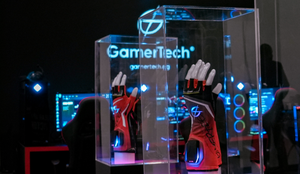Sponsored By
Latest News
May 9, 2024
thumbnail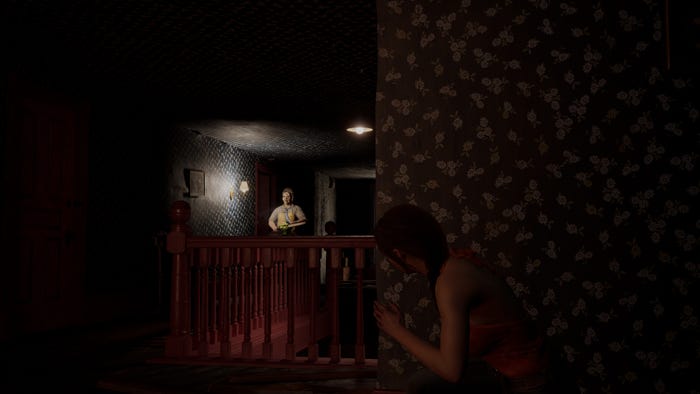
Design
Exploiting Fear to Create Good Horror Games
Exploiting Fear to Create Good Horror Games
Developers Jade Jacson, Steve Kirby and Kelvin Moore dive into horror as a genre, why we like to be scared and how game developers can exploit our deepest fears to create a wide range of scares.
Get daily news, dev blogs, and stories from Game Developer straight to your inbox
Subscribe to Game Developer Newsletters to stay caught up with the latest news, design insights, marketing tips, and more
Game Developer Essentials
More resources for devsRead Dev Blogs on Game Developer
See allFrom Our Sponsors
LEARN MORESponsored Content
Mar 8, 2024

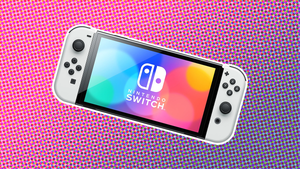



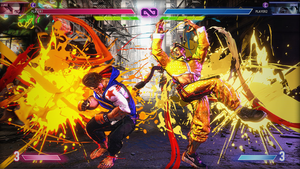


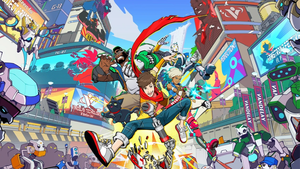
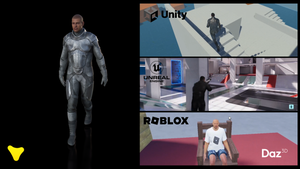

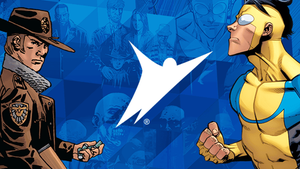

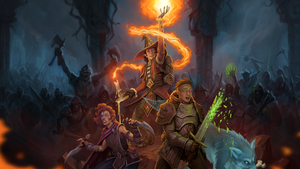
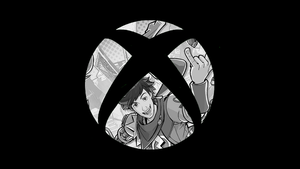


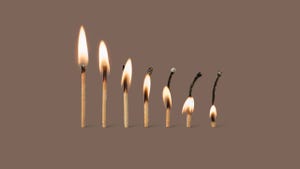

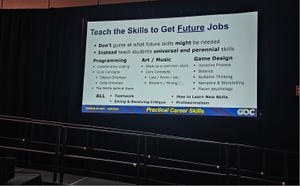
.png?width=300&auto=webp&quality=80&disable=upscale)
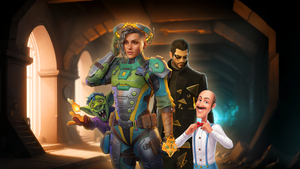
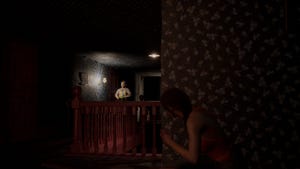



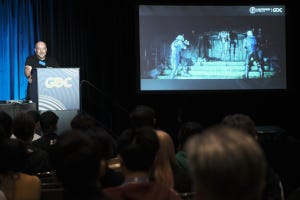


.png?width=300&auto=webp&quality=80&disable=upscale)
